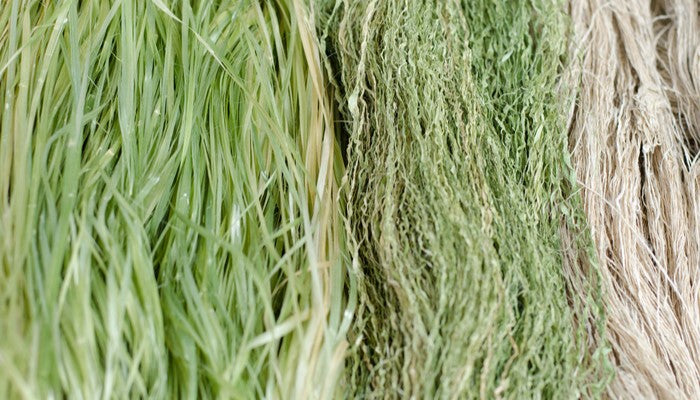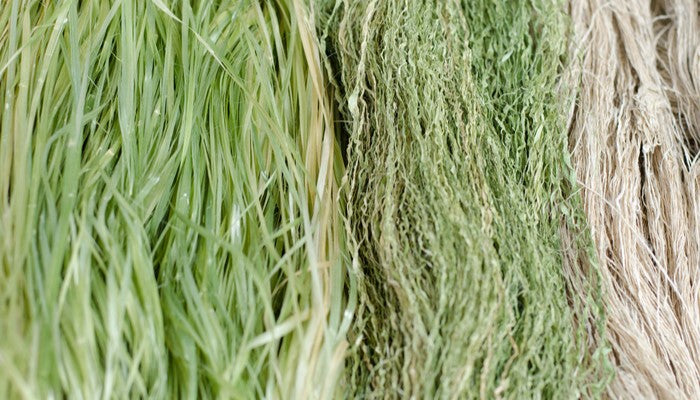With the passage of the 2018 Farm Bill, the American agricultural market received a significant boost. The global industrial hemp market is...
Blog sidebar
Category
Recent Posts
- By Todd Scholl
- May 26, 2023
Hemp has gained popularity as a sustainable and environmentally friendly building material in recent years. Because of its versatility and toughness, hemp is an obvious...
- By Todd Scholl
- May 25, 2023
Because of hemp's prevalence in human society as being a multi-purpose crop used for food, fiber, and medicine, it's origins have always been a subject...


The Different Types of Hemp: Fiber, Grain and CBD-Rich
With the passage of the 2018 Farm Bill, the American agricultural market received a significant boost. The global industrial hemp market is expected to grow from $4.6 billion in 2019 to $26.6 billion by 2025. In any case, American farmers will now be able to grow hemp within a more relaxed legal framework, unseen since 1937, with a brief exception during WWII. Today, hemp farmers can legally grow industrial hemp in most states, also allowing them to focus on specialized breeding and genetics programs.
By using the latest advancements in gene sequencing, biotechnology, and bioinformatics, hemp breeding will reach a new level in terms of yields and economic success. These will also help maximize the plants' attributes, further increasing profit margins.
Hemp is an extremely versatile plant with thousands of practical applications in numerous industries spanning from food, nutritional, and health applications to biofuel, textiles, construction, furniture, paints, printing inks, varnishes, paper, manufacturing, etc. The possible uses for this plant are continually growing.
The Three Main Types of Hemp
Given its many applications, it's no surprise that there are several strains of hemp, each with its different uses and characteristics. The three main types are Fiber, Grain, and CBD-rich.
Fiber Variety Hemp - The main characteristics of these types of hemp are their long fibers and biomass, which means that it can grow to anywhere between 8 and 18 feet tall. It's also more slender than other varieties and is grown for textiles, building materials, biofuel, and other manufacturing operations. Farmers that look to grow hemp for fiber applications will also need to take into consideration large scale harvesting, transportation, and processing, as well as locating processing facilities in the immediate vicinity.
Grain Variety Hemp - This type of hemp is predominantly used in the food and nutritional industry, thanks in large part to its high protein, fiber, and fatty acid content. Though less slender than the fiber variety, grain hemp grows only to about 5-7 feet tall. Another factor to consider for anyone looking to grow this type of hemp is that the grain hemp seed is thin-walled and fragile. This means that the seeds need to be handled with extra care and additional cost during transportation, storage, and processing.
CBD-rich Variety Hemp - Unlike the other two, this type of hemp is very bushy, reaching heights of 6 to 12 feet. Currently, this is the most lucrative of the varieties, but it can present some legal and regulatory challenges, depending mostly its end-use. CBD (Cannabidiol) is a molecule found in hemp and other cannabis plants that's known for its many potential health benefits. Its applications range from nutraceutical, pharmaceutical, and dietary supplement industries.
Furthermore, growers will need to pay extra close attention to its growing variables such as soil make-up, pH levels, moisture content, etc., to create high CBD yields while keeping THC levels under the allowable limits. If THC limits are exceeded based on each state's regulations, the crop will need to be destroyed. It's also important to point out that CBD-rich cultivation only uses the female plant, while male plants are removed immediately after identification. This can also decrease the overall CBD yield.
If you want to learn more about hemp, hemp cultivation, and Hemp products, please feel free to visit the Hemp Home Supply website, follow us on social media, or email us at info@hemphomesupply.com.Share
YOU MAY ALSO LIKE
- By Todd Scholl
- May 26, 2023
Hemp has gained popularity as a sustainable and environmentally friendly building material in recent years. Because of its versatility and toughness, hemp is an obvious...
- By Todd Scholl
- May 25, 2023
Because of hemp's prevalence in human society as being a multi-purpose crop used for food, fiber, and medicine, it's origins have always been a subject...
Category
Recent Posts
- By Todd Scholl
- May 26, 2023
Hemp has gained popularity as a sustainable and environmentally friendly building material in recent years. Because of its versatility and toughness, hemp is an obvious...
- By Todd Scholl
- May 25, 2023
Because of hemp's prevalence in human society as being a multi-purpose crop used for food, fiber, and medicine, it's origins have always been a subject...
- By Todd Scholl
- May 25, 2022
With the passage of the 2018 Farm Bill, the American agricultural market received a significant boost. The global industrial hemp market is...
